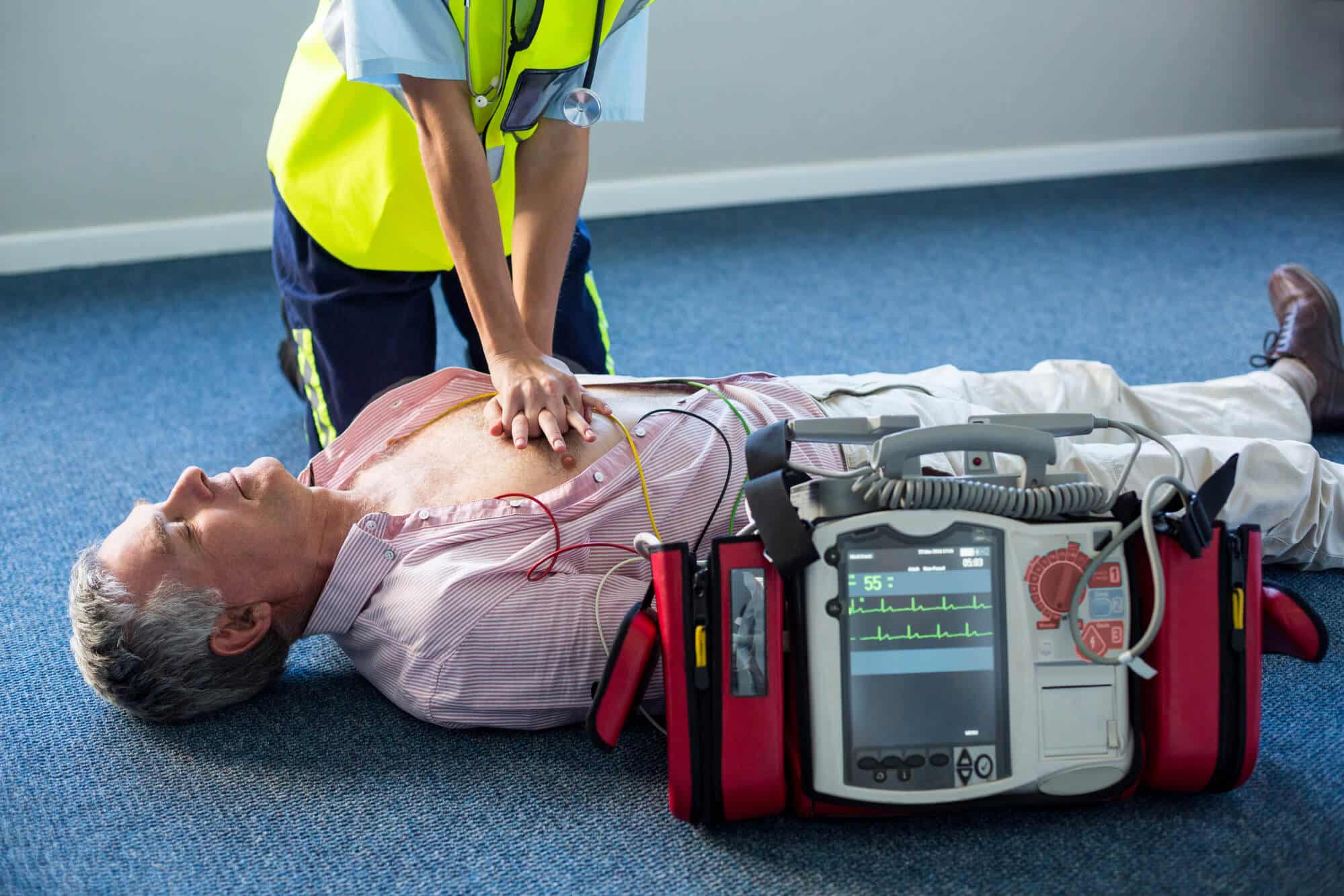"Corona patients are at increased risk up to three times of having a stroke or heart attack, for example. All the evidence shows that the virus severely damages the blood vessels or the endothelial cells that line the blood vessels. But until today, the entire virus was treated as one piece. We wanted to find out which proteins within the virus are responsible for this damage," explains Prof. Ben Maoz from Tel Aviv University

Almost two years after it became a global epidemic that killed millions of people, the mystery of which proteins in the H.SARA-CoV-19 are responsible for the serious damage to the blood vessels, which may even lead to a heart attack or stroke. Now, a team of experts led by Tel Aviv University was able to identify for the first time five of the 29 proteins that make up the virus that are responsible for damaging the blood vessels. The researchers hope that the identification of the proteins will help in the development of specific drugs for corona and will reduce the damage to the blood vessels.
A simple but deadly virus
The new corona virus is a relatively simple virus. It consists of a total of 29 different proteins (compared to tens of thousands of proteins produced by the human body). The researchers usedRNA of each of the corona proteins and check the reaction that occurs when the sequences ofRNA the different to human cells of blood vessels in the laboratory, and thus were able to identify five corona proteins that damage the blood vessels.
The research was conducted under the leadership of Dr. Ben Maoz's research groups from the Department of Biomedical Engineering At the Ivy and Alder Fleishman Faculty of Engineering and the Sagol School of Neuroscience, Prof. Uri Ashari from the Segol School of Neuroscience and the George S. Wise Faculty of Life Sciences, Prof. Rodad Sharan from the Blavatnik School of Computer Science. Prof. Jacob Nachmias from the Institute of Life Sciences at the Hebrew University and the researchers Dr. Rossana Rauti, Dr. Yael Bardugo and the doctoral student Misher Shehuh from Tel Aviv University also participated in the study. The results of the new study were published in the journal eLife.
From sealed pipes to permeable networks
"We see a very high incidence of vascular diseases and blood clotting, such as stroke and heart attack, among corona patients," explains Dr. Ben Maoz. "We are used to thinking of corona as a mainly respiratory disease, but the truth is that corona patients are at increased risk up to three times of having a stroke or a heart attack, for example. All the evidence shows that the virus severely damages the blood vessels or the endothelial cells that line the blood vessels. But until today, the entire virus was treated as one piece. We wanted to find out which proteins within the virus are responsible for this damage."
"When the corona virus enters the body, it starts producing 29 proteins, a new virus is created, it produces 29 new proteins and so on," explains Dr. Maoz. "In this process, our blood vessels turn from sealed tubes into a kind of permeable nets or pieces of cloth, and at the same time there is an increase in blood clotting. We thoroughly tested the effect of each of the 29 proteins that the virus expresses, and for the first time we were able to identify five specific proteins that cause the greatest damage to the endothelial cells and hence also to the stability and function of blood vessels. In addition, we used a computational model developed by Prof. Sharan, which makes it possible to hypothesize and identify which of the corona proteins have the greatest effect on other tissues apart from the blood vessels, and this without seeing them in 'action' in the laboratory."
According to Dr. Maoz, the identification of the proteins may have significant consequences in the fight against the disease. "Our research can help find targets for a drug that will be used to stop the activity of the virus, or at least to minimize the damage to the blood vessels."
